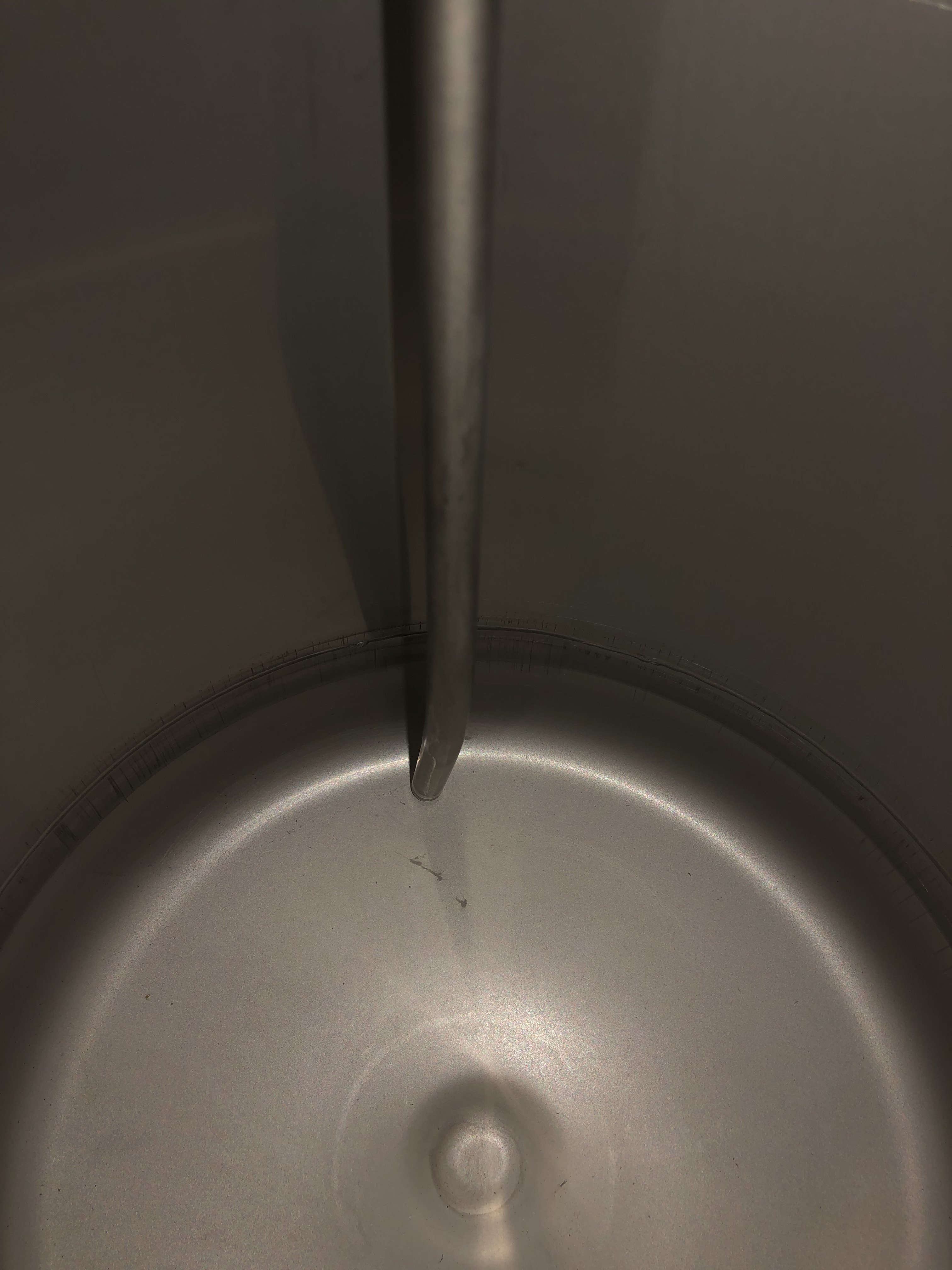Jako
Well-Known Member
some part of me wants to buy a Firkin. anyone using one? or has everyone gone to kegs for this?

Good god! When I first saw the thread title I thought it said “Anyone rockin a Merkin”. I may need glasses while reading my phone.
Well now your destiny is to buy a firkin and name and subtitle it; My big Merkin, the yeasty curtain.
I enjoy the process from filling, fining and venting.
I am a rookie to all this. What is a pin.
For this last batch a picked up a packet of LD Carlson isinglass. It’s one of those small packets that says it’s enough for 6 gallons of wine so I’m hoping it’ll work for beer as well. I can’t see why it wouldn’t. Haven’t tapped the cask yet so I can’t say how well it worked. Will update when I have the results.Would you share your fining process, please?
You can just use a corny keg on its side:
https://beerandbrewing.com/using-a-cornelius-keg-for-cask-ale/
If you can get the same results with a used corny that you can get for $35, why not just stop there?
The beauty of it all is serving from the cask. The smoother feel from the lower carbonation is really great for a lot of beer styles. I enjoy the process from filling, fining and venting. It takes a little more work and there’s a bit more to learn (I am still learning as I go and am by no means an expert) but to me that makes it more worthwhile.
Google a cask pin. Is it possible to transfer from a cask to kegs to keep it from going bad? Or is the beauty of it all serving from the cask. Something I would love to experience one day.
I think the beauty really lies in cask serving. You feel a bit more connected to the whole process, and it really makes you appreciate the history of cask filling and serving. As far as stopping it from going bad too fast, I've seen ways to connect CO2 to the cask at a very low pressure to replace the beer being drawn with CO2 at low enough pressure to not add additional carbonation to the beer.
I use a pin cask myself. I saw a lot of firkins at decent prices but I never brew more than 5 gallons anyway (usually 4.5 gallon batches), so I waited on a good deal for a pin cask. I managed to get one on ebay for $100 (brand new) with a tap, and a few extras. I'd never be able to get through a firkin myself, and probably not even with a small crowd of friends.
Paul Pendyck of UK Brewing Supplies is a great source of supplies and knowledge on casks. It looks like he's out of stock on both used and new pin casks at the moment. I would've bought my pin from him but he was also out of stock when I found mine. I do like to get my cask parts from him.
I used one ounce of isinglass in my last 3 gallon batch of English IPA. Didn’t do anything special, just added it to the keg after I filled it. Cleared really well.For this last batch a picked up a packet of LD Carlson isinglass. It’s one of those small packets that says it’s enough for 6 gallons of wine so I’m hoping it’ll work for beer as well. I can’t see why it wouldn’t. Haven’t tapped the cask yet so I can’t say how well it worked. Will update when I have the results.

The challenge to cask ale is that it has to be consumed fairly quickly once tapped. Like around 3 days or less. Since casks are either gravity drawn or handpump drawn and air enters the cask. As stated, a firkin is over 10 gallons and a pin is around 5 gallons. I can’t speak for others but I don’t go through that much beer that quickly.some part of me wants to buy a Firkin. anyone using one? or has everyone gone to kegs for this?
I did put my keg in the kegerator to chill. But I’m not sure if thats really necessary. I don’t think casks are all stored cold in the UK?Does anyone know if isinglass requires cold temps to clarify the beer (like gelatin finings), or can you add them when you fill and prime the keg and hold it at 65F+?
If I were to use a corny keg as a cask I wouldn’t even turn it on it’s side and mess with the innards.
There are 8 US pints in a US gallon, so 5 gallons is 40 pints here, a pint being 16 oz.And at 5 gallons, that is ~20 imperial pints
There are 8 US pints in a US gallon, so 5 gallons is 40 pints here, a pint being 16 oz.
The web says an imperial pint is 19.2 oz, so 5 US gallons is about 33 imperial pints.





If you measure beer in gallons and you don’t think 40 gallons is alot of beer - you might be a homebrewer.bwbible, good catch. Someone had mentioned a 3 gallon keg a few posts prior, and I had that in my head while doing the math!
:cheers:
Enter your email address to join: